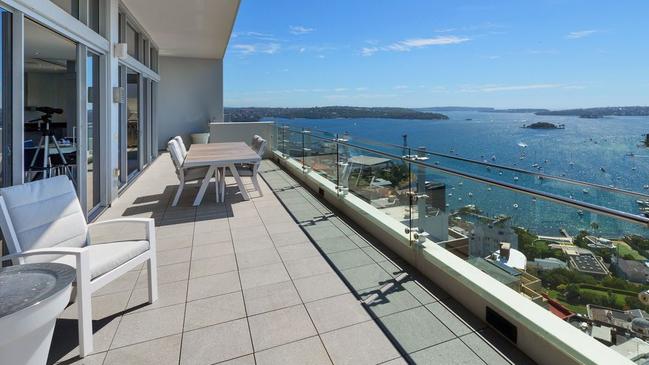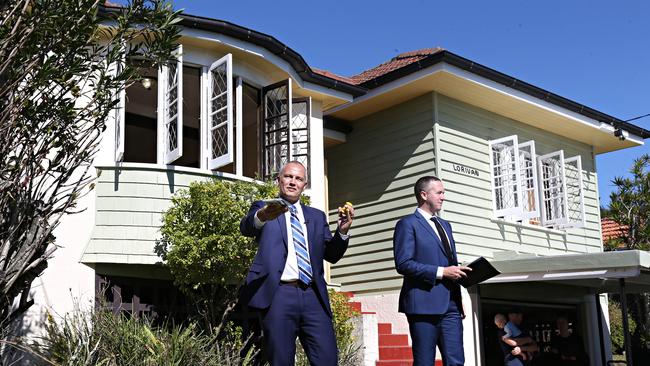
Matthew Hassan, senior economist at Westpac, says price action in the market can now be compared with the soaring market of the late 1980s, as the latest figures show the nation’s largest city market, Sydney, rising by around 1 per cent a week.
The lack in supply - or the subdued level of new listings of houses for sale - is one of the leading explanations for the spike in house prices that has gripped the local market since the start of the year.
Hassan says: “It’s a short period of time but the month of March so far in Sydney is suggesting a 3.5 per cent lift, and that’s on top of a record in the month of February. We do expect sellers to eventually start catching up with buyers but not for some time. It’s so tight, it’s going to be at least six months ”.
Sydney prices lifted 2.5 per cent in February, nationwide prices were higher by 2.1 per cent.
Metropolitan house prices in the larger cities such as Melbourne rose by nearly 40 per cent in the two years to December 1989 - 12.5 per cent in 1988 and 24 per cent in 1989, the difference back then was that mortgage rates were at 13 per cent compared to around 3 per cent today.
Research agency Canstar reported the average variable interest rate for owner occupiers paying principal and interest is 3.28 per cent, and the lowest variable rate is 1.77 per cent (at a 60 per cent loan to valuation ratio) or 1.99 per cent (at an 80 per cent LVR).
Property investors pay higher interest rates, on average closer to 3.63 per cent.
The latest data from property researchers CoreLogic showed Sydney was ahead of the rest of the nation in the volume of auctions hitting the market with last weekend’s total figure of 1048 against 946 at the same time last year.
However Melbourne had yet to see its volume of auction listings return to the same levels as last March - it had 1319 listings against 1343 a year ago.
In some markets the return of new stock for sale is expected to take much longer. In Perth, where supply in residential housing is at its tightest in a decade, Damian Collins, CEO of the WA Real Estate Institute of Western Australia, says it will take up to 18 months for a balance to return in the housing market.
Weighing against a bounce-back in sales activity is the lack of job-related house sales, where people may put their home up for sale when they must move locations for a new job.

No investors
The lack of stock for sale is also explained to some degree by the limited activity of investors in the market over recent months. investors are more likely to be willing to sell into a rising market compared to homeowners who currently dominate the market at present.
Property investors may be encouraged to return to the market in the months ahead as the last of the Covid- emergency rent moratoriums imposed by state governments start rolling off at the end of this month.
But unless the volume of houses for sale picks up in the next few months, the only other way that house prices would cool would be through moves by the RBA to tighten lending rules known as ‘macroprudential regulation. Rates increases are widely considered unlikely as the RBA has consistently reiterated a policy of holding official rates lower.
According to Pete Wargent, COO at Buyers Buyers: “It’s hard to imagine we’ll see any macroprudential intervention, especially given that regulators have been practically urging lenders to loosen their purse strings. In any case the property market exuberance is largely Sydney-centric, and even then it’s not been citywide, while unit prices are lower than 2017 levels”.
James Kirby present House Calls on the outlook for property investors this Wednesday evening (March 24) at 7pm. Watch at House Calls




Australia’s rising residential property market will not have a “meaningful” supply of new listings which might cool house prices until spring.